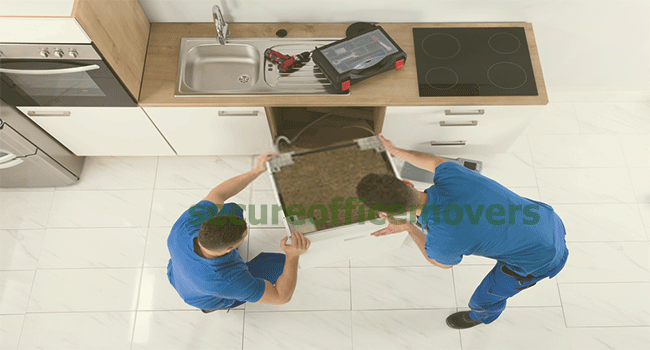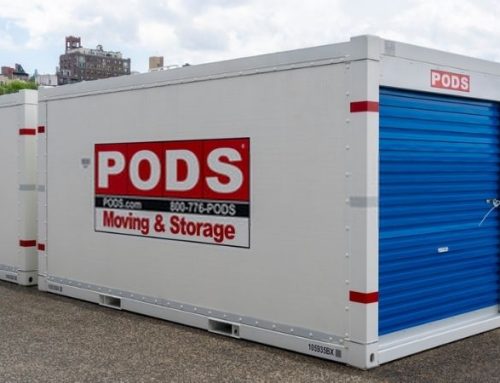Today almost every residence will have more than a few electrical appliances. The kitchen alone usually utilises a number of items, like microwaves, freezers and so on. The majority of residences will make use of at minimum one television, and a number of properties now have televisions in almost every room. DVD players, music players and other entertainment devices are all members of this category as well. Also computers, laptops and associated devices are also included in this category, as most homes will make use of at minimum one computing device. Computer instruments such as printers and scanners all fall under this category, as do mobile phones and their accompanying cables. Clearly moving electrical equipment is quite a large facet of moving for most people, and a systematic method can help here.

Looking at the list above, there is a single common factor that all of these items possess – cables. Nearly all electrical appliances come with detachable chargers, many of which are not readily identifiable. For example it is not hard to mix up the plug for your stereo with that of your electric kettle, and vice versa. Think of getting to your new property and removing all your stuff from its packing, only to realise that you have with loads of cables that have no identifiable features. A quick cup of tea or coffee when you reach your new home could rapidly become an aggravating root through your boxes due to the fact that you can’t remember where you put the cable for your electrical kettle. All of this time consuming hassle can be avoided however by taking some basic precautions.
At first it is usually advised that you unplug any cables from your computers etc. before you pack them. In this way you can stop the cables becoming damaged during the move. As you are packing your electrical equipment, try to avoid simply removing the cables and placing them into random boxes. Instead it is a good idea to fasten labels to your cables making use of either a marker or a paper tag, which will save you huge amounts of time during the unpacking process. Where allowable you should also try to pack the equipment with all of its cables in one box, and then label each box clearly.

If you are responsible for moving electrical equipment there are a number of common sense precautions you should take. Never forget to make certain that any instrument is unplugged from the power source before you begin to remove any cables. Another good precaution is to ensure that you have a good supply of packaging to adequately protect your equipment during movement. Cram the boxes with shock absorbing materials like bubble wrap or foam, and ensure that each box is securely fastened. Write noticeable arrows on the outer part of the box, which will hopefully stop people from upturning it accidentally. It is a good idea to mark ‘fragile’ prominently on all of the sides of the box, which should prevent anyone from dropping or throwing your devices around while the move is taking place.






Leave A Comment